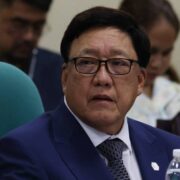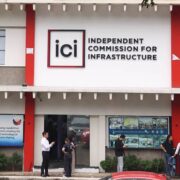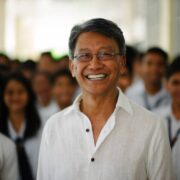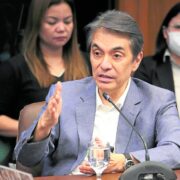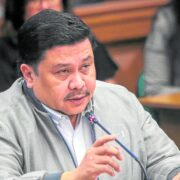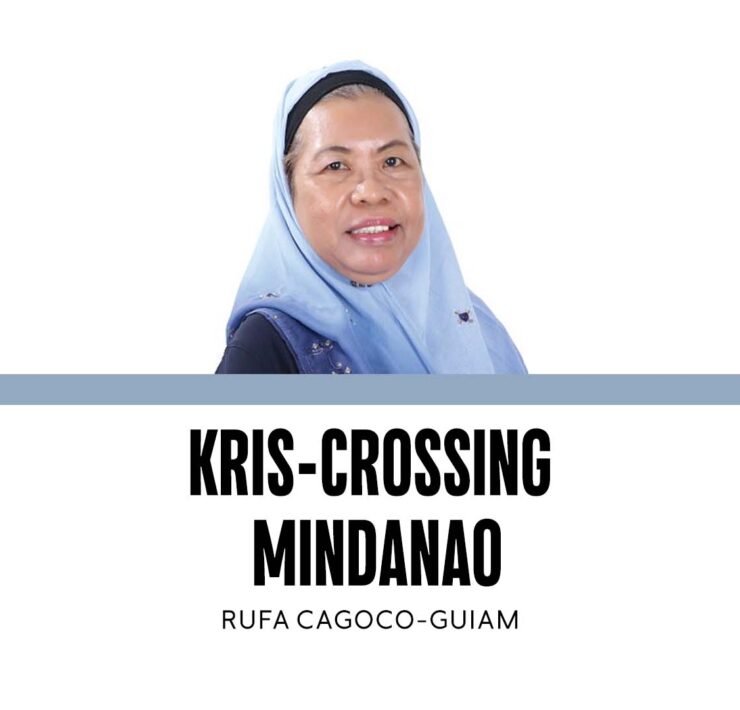‘Fixing the Foundations’ (1)
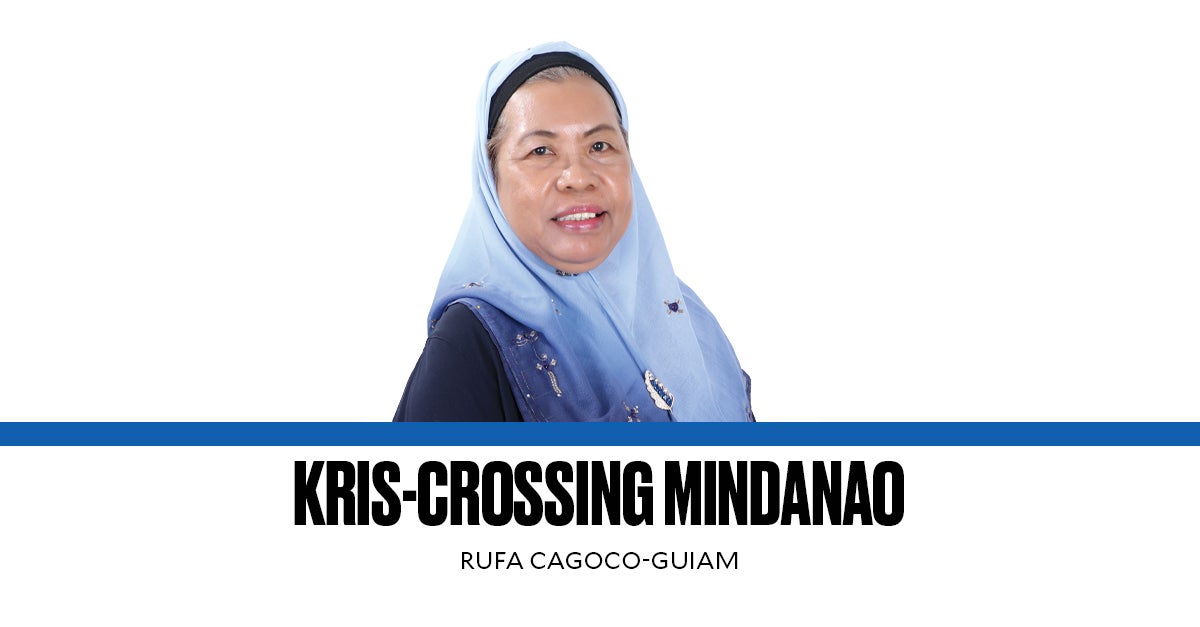
This is the title of the second report of the Second Congressional Commission on Education (EdCom II) that was launched last Jan. 28, 2025. Its subtitle is also eye-catching—“A Matter of National Survival.”
For those who think that the Philippines is one of the most “educated” countries in Southeast Asia and the country with the greatest number of individuals with high levels of proficiency in a borrowed language (English), think again. This report is an eye-opener: Deep fissures have weakened our educational foundations, and these need to be fixed, so we will survive as a nation. All these need to be done hastily, efficiently, and effectively at the risk of our survival as a people.
As an educator for the whole of my professional life before my retirement nine years ago, I have seen perennial problems that have hounded the education sector. Every year that I serve the educational institution I worked in, I get disappointed when my well-meaning recommendations for changes in the way our institution is being run get sidelined. This was mainly because I did not hold positions that allowed me to make critical decisions on matters related to organizational management. It was also because I was considered a “threat” to those in the higher rungs of academic leadership since I spoke my mind often and did more than was required in my middle management position, many times to the consternation and envy of my superiors.
I do not hold rancor against my fellow education workers and administrators. They too, have been, and still are, trapped in a structure and a system that has allowed for all the cracks to fester, leading to shaky foundations that really need some serious retrofitting, if not a total rebuilding of the whole system.
The cracks in the system are too numerous and multifarious and really need some serious and rigorous fact-finding and analyses. The EdCom II report has shown what many educators like me have seen every day as we report for work. These are the problems that recur every school year, and every time we have a new set of political leaders and a new official at the helm of the Department of Education (DepEd) as well as the executives in the higher education (Commission on Higher Education) and the Technical Education and Skills Development Authority). All these problems really need some thorough rethinking to address the root causes of the cracks, and how these have festered over the years of inaction or misdirected action, making it quite difficult to solve on a piecemeal basis.
No less than Sen. Loren Legarda, who also is one of the commissioners of the EdCom II, stressed that education is the “pillar of national progress.” She explained this further: “[Education] is the foundation upon which we build innovation, peace, justice, and sustainable development.”
Legarda mentioned that while the first EdCom II report described thoroughly the numerous and different inconvenient realities hounding our education system, the second report provides a “road map” to transform our educational system, to fix its cracks that have led to several crises year after year, to secure “a future for every Filipino child, defined by opportunity, equity, and excellence in education.”
I agree with Legarda that the first EdCom II report unraveled sad facts about Philippine education governance—“underinvestment, fragmented governance, and inequitable access.” These showed the level of structural debilities of the system that Legarda considers as “moral imperatives demanding urgent action.”
These are bold and strong words for a thorough educational reform. However, there are equally formidable hurdles the whole education sector face every single school year, and these are largely due to the highly politically charged nature of the Philippine governance system.
As I noted earlier, every time we elect a new president, all executive positions in the different departments, especially the DepEd, are replaced with the new president’s choices of people they have “trust and confidence” in. Many times, their choices are influenced by their strong personal relationships with these people, who are also members of their political or family affiliations. These choices are also guided by who the new president considers as people they can trust to say yes to everything they decide on.
More often than not, these choices ditch the required “best and the brightest” yardstick through which appointees to Cabinet positions are chosen. Perhaps this is the most problematic “criterion” for their choices of Cabinet members—the ones who contributed significant amounts in the campaign preceding the election of a new president. This flawed criterion becomes the root of critical cracks in the system. The chosen executive of a portfolio may not even have the required academic or leadership preparation for the post.
(To be concluded next week)
——————
Comments to rcguiam@gmail.com




